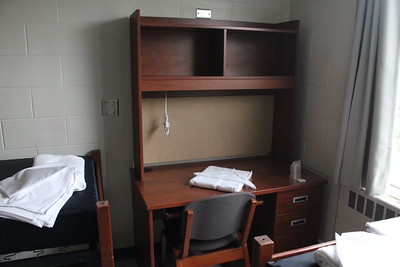California community colleges are turning to housing as a way to increase enrollment and improve graduation rates. Community college housing on campus isn’t anything new for rural community colleges, but California’s housing plan involves a $5.3B investment by the Los Angeles Community College District.
The argument for the investment in housing is to address student homelessness, primarily in Southern California. But providing housing comes with huge, ongoing costs that most community college students aren’t prepared to take on.
Beyond the cost of building a student housing facility, community colleges must address the ongoing maintenance associated with such buildings. Failure to address these maintenance issues in a timely way reduces the value (and life expectancy) of the building; raises student costs; and ultimately lowers the value of on-campus housing.
The availability of affordable housing in Southern California is not limited to its student population. It is simply hard to find housing there. According to Zillow, the median rent price for Los Angeles in June 2023 is $2,900 per month. If a renter plans to stick to the so-called 30% rule for housing costs, that person would need to gross $116,000 annually to afford the area’s median housing costs. (That’s not exactly in a community college student’s budget.)
But living on campus isn’t much better. The average school-year housing contract can cost $10,000 or more, depending on the student’s meal plan, if meals are offered. That’s also not affordable by the typical community college student.
The high cost of building and maintaining campus housing will not likely be offset by the rental charges. So, all students will pay increased tuition costs to pay for construction and maintenance of student housing facilities.
Community college housing will simply increase everyone’s costs
Community college housing won’t be the answer for most urban and suburban community colleges. It will raise costs too high, not only for the student residents, but also for every other community college student who takes classes there. Housing maintenance costs will also place an undue financial burden on the college itself. As the housing facility ages, it will take up more of the institution’s budget, leaving less money for instruction or other vital student services.
Housing homeless students is admirable, but the community college isn’t a social service agency. There are agencies available with the budget, the personnel, and the funding to support homeless residents. Rather than providing community college housing – which will simply increase the cost of attendance for all students – community colleges should partner with local social service agencies to provide housing, food, and other basic services to students on campus.
Photo Credit: susi.bsu , via Flickr




















